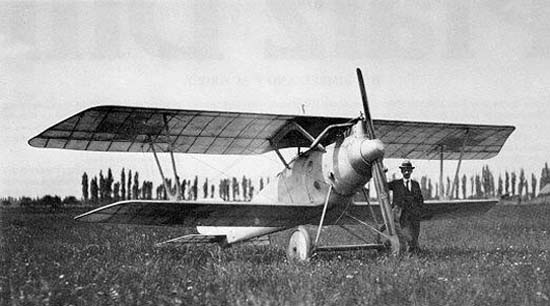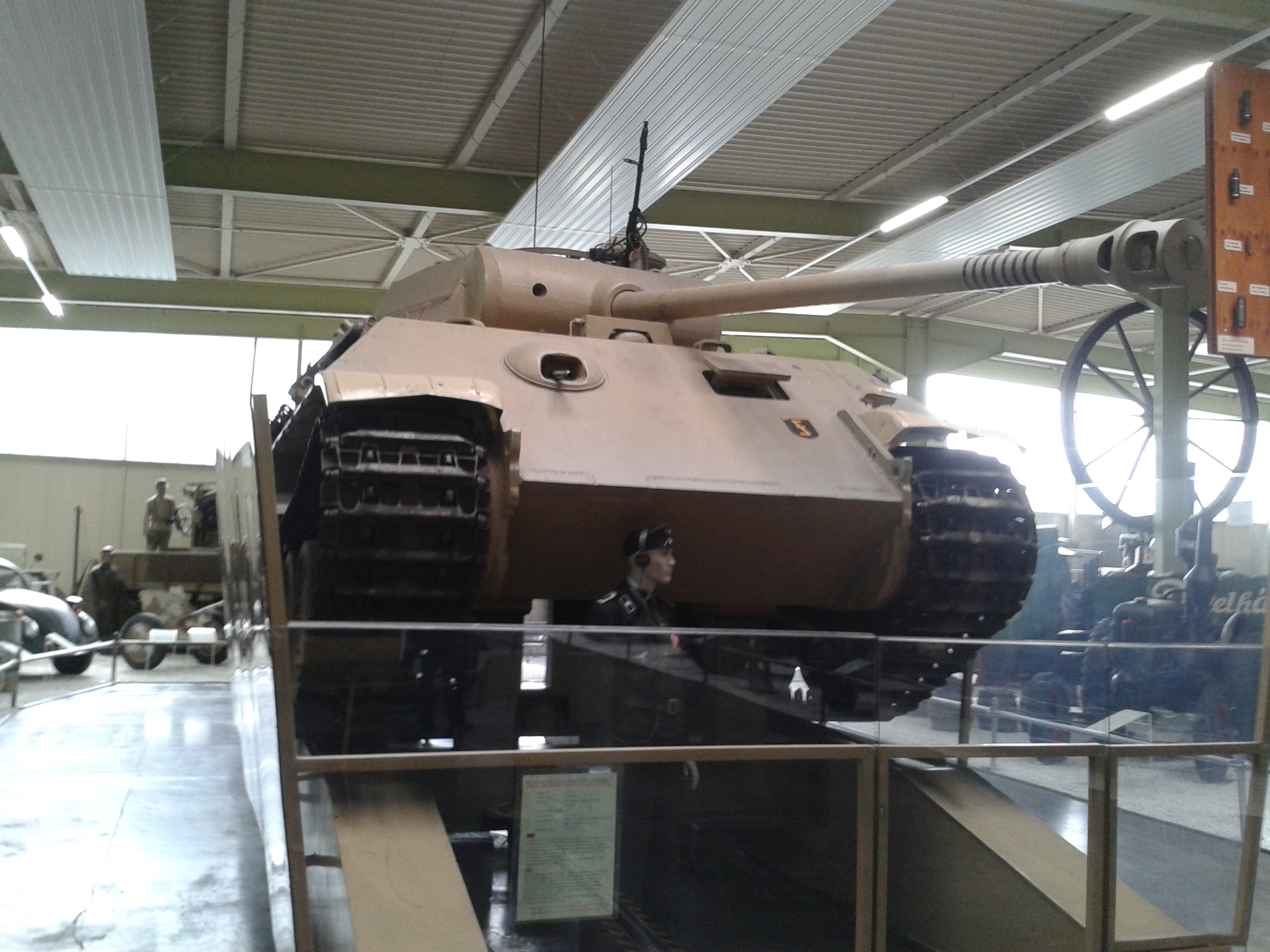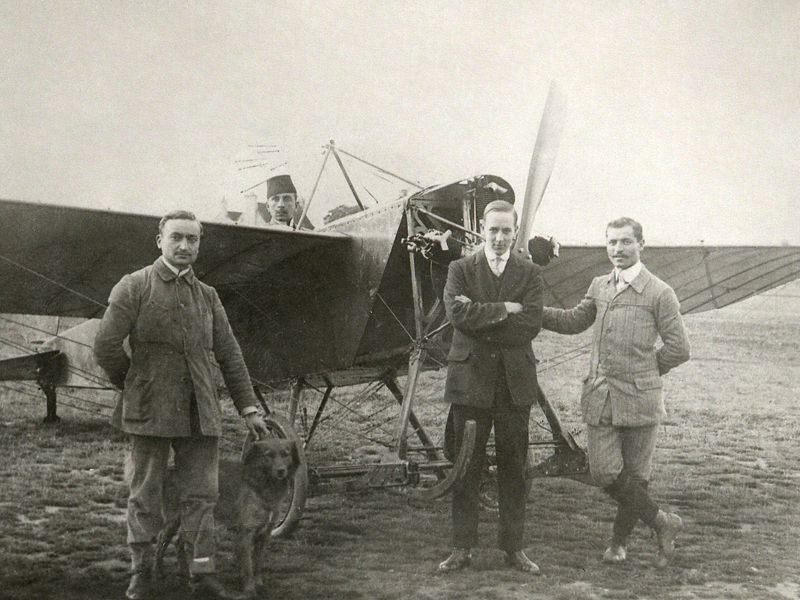|
Pfalz D.III
The Pfalz D.III was a fighter aircraft used by the '' Luftstreitkräfte'' (Imperial German Air Service) during the First World War. The D.III was the first major original design from Pfalz Flugzeugwerke. Though generally considered inferior to contemporary Albatros and Fokker fighters, the D.III was widely used by the ''Jagdstaffeln'' from late 1917 to mid-1918. It continued to serve as a training aircraft until the end of the war. Design and development Prior to World War I, Pfalz Flugzeugwerke produced Morane-Saulnier monoplane designs under license.Herris 2001, p. 10. These aircraft entered military service as the Pfalz A- and E-series. In September 1916, Pfalz began producing the first of 20 Roland D.I and 200 Roland D.II fighters under license.Herris 2001, pp. 27–28. In November 1916, Pfalz hired Rudolph Gehringer from Flugzeugbau Friedrichshafen GmbH.VanWyngarden 2006, p. 18. As Pfalz's new chief engineer, Gehringer immediately commenced work on an original fighter ... [...More Info...] [...Related Items...] OR: [Wikipedia] [Google] [Baidu] |
Pfalz Flugzeugwerke
Pfalz Flugzeugwerke was a World War I German aircraft manufacturer, located at the Speyer airfield in the Palatinate (German: Pfalz). They are best known for their series of fighters, notably the Pfalz D.III and Pfalz D.XII. The company went bankrupt after the Armistice, when the French occupation forces confiscated all of the equipment, but the factory was re-used by various other companies until re-forming in 1997. Today they are a parts manufacturer referred to as PFW. Early history Pfalz was the brainchild of Alfred Eversbusch, son of a foundry owner in Neustadt an der Weinstraße. It appears that he had built his own aircraft between 1912 and 1913, although the exact origin of the design is unclear. On June 3, 1913, the Pfalz company was registered, consisting of Alfred, his brother Ernst, and his brother-in-law Willy Sabersky-Müssigbrodt, as well as several investors: Richard and Eugen Kahn, and August Kahn (unrelated). They initially proposed to build designs from A ... [...More Info...] [...Related Items...] OR: [Wikipedia] [Google] [Baidu] |
Albatros D
An albatross is one of a family of large winged seabirds. Albatross or Albatros may also refer to: Animals * Albatross (butterfly) or ''Appias'', a genus of butterfly * Albatross (horse) (1968–1998), a Standardbred horse Literature * Albatross Books, a German publishing house that produced the first modern mass market paperback books * Albatros Literaturpreis, a literary award * "L'albatros" (poem) ("The Albatross"), 1859 poem by Charles Baudelaire * ''The Albatross'', a 1971 novella by Susan Hill * ''The Albatross'', the fictional propeller-sustained airship in Jules Verne's novel ''Robur the Conqueror'' * ''Albatross'' (novel), a 2019 novel by Terry Fallis Film and television * Films Albatros Films Albatros was a French film production company established in 1922. It was formed by a group of White Russian exiles who had been forced to flee following the 1917 Russian Revolution and subsequent Russian Civil War. Initially the firm's pe ..., a French film productio ... [...More Info...] [...Related Items...] OR: [Wikipedia] [Google] [Baidu] |
Maschinengewehr 08
The ''Maschinengewehr'' 08, or MG 08, was the German Army (German Empire), German Army's standard machine gun in World War I and is an adaptation of Hiram Stevens Maxim, Hiram S. Maxim's original 1884 Maxim gun. It was produced in a number of variants during the war. The MG 08 served during World War II as a heavy machine gun in many German infantry divisions, although by the end of the war it had mostly been relegated to second-rate fortress units. The ''Maschinengewehr'' 08 (or MG 08)—so-named after 1908, its year of adoption—was a development of the license made ''Maschinengewehr'' 01. The firing rate depends on the lock assembly used and averages 500 rounds per minute for the Schloss 08 and 600 rounds per minute for the Schloss 16. The gun used 250-round fabric belts of 7.92×57mm Mauser, 7.92×57mm ammunition. It was water-cooled, using a jacket around the barrel that held approximately of water. Using a separate attachment sight with range calculator for indirect fire, ... [...More Info...] [...Related Items...] OR: [Wikipedia] [Google] [Baidu] |
Mercedes D
Mercedes may refer to: People * Mercedes (name), a Spanish feminine name, including a list of people and fictional characters with the given name or last name Automobile-related * Mercedes (marque), the pre-1926 brand name of German automobile models and engines built by Daimler Motors company * Mercedes-Benz, the post-1926 German brand of automobiles, engines, and trucks now owned by the Mercedes-Benz Group * Mercedes-AMG, a subsidiary of Daimler AG that builds customized and high performance Mercedes-branded automobiles * Mercedes-Benz in Formula One, the Mercedes Formula One racing team, currently known as Mercedes-AMG Petronas Motorsport * Mercedes-Benz in motorsport, its activities in sportscar racing, rallying, Formula Three, DTM, V8 Supercars Australia and Formula One * American Mercedes (1904 automobile), a company licensed to build Mercedes automobiles in America Places * Mercedes, Buenos Aires Province, Argentina ** Mercedes Partido, Argentina * Mercedes, Corrientes, ... [...More Info...] [...Related Items...] OR: [Wikipedia] [Google] [Baidu] |
Speyer
Speyer (, older spelling ''Speier'', French: ''Spire,'' historical English: ''Spires''; pfl, Schbaija) is a city in Rhineland-Palatinate in Germany with approximately 50,000 inhabitants. Located on the left bank of the river Rhine, Speyer lies south of Ludwigshafen and Mannheim, and south-west of Heidelberg. Founded by the Romans, it is one of Germany's oldest cities. Speyer Cathedral, a number of other churches, and the Altpörtel (''old gate'') dominate the Speyer landscape. In the cathedral, beneath the high altar, are the tombs of eight Holy Roman Emperors and German kings. The city is famous for the 1529 Protestation at Speyer. One of the ShUM-cities which formed the cultural center of Jewish life in Europe during the Middle Ages, Speyer and its Jewish courtyard was inscribed on the UNESCO World Heritage List in 2021. History The first known names were ''Noviomagus'' and ''Civitas Nemetum'', after the Teutonic tribe, Nemetes, settled in the area. The name ''Spi ... [...More Info...] [...Related Items...] OR: [Wikipedia] [Google] [Baidu] |
Auto Und Technik Museum
The Technik Museum Sinsheim is a technology museum in Sinsheim, Germany. Opened in 1981, it is run by a registered association called "Auto & Technik Museum Sinsheim e. V." which also runs the nearby Technik Museum Speyer. Statistics , the museum had more than 3,000 exhibits and an exhibition area of more than , indoors and outdoors. In addition to exhibitions, the museum also has a IMAX 3D theatre. It receives more than 1 million visitors per year and is the largest privately owned museum in Europe. Exhibits Feature exhibits In 2003, Air France donated one of its retiring Concorde ircraft (F-BVFB) to the museum. With a Tupolev Tu-144 already on display since 2001, it is the only place where both supersonic passenger aircraft are shown. Both are fully accessible by the public. The museum's alliance acquired a Russian shuttle Buran in 2004 which opened as a walk-in exhibition at the Technikmuseum Speyer">Buran (spacecraft)">Buran in 2004 which opened as a walk-in exhibitio ... [...More Info...] [...Related Items...] OR: [Wikipedia] [Google] [Baidu] |
De Havilland Tiger Moth
The de Havilland DH.82 Tiger Moth is a 1930s British biplane designed by Geoffrey de Havilland and built by the de Havilland Aircraft Company. It was operated by the Royal Air Force (RAF) and other operators as a primary trainer aircraft. In addition to the type's principal use for ''ab initio'' training, the Second World War had RAF Tiger Moths operating in other capacities, including maritime surveillance and defensive anti-invasion preparations; some aircraft were even outfitted to function as armed light bombers. The Tiger Moth remained in service with the RAF until it was replaced by the de Havilland Chipmunk during the early 1950s. Many of the military surplus aircraft subsequently entered into civilian operation. Many nations have used the Tiger Moth in both military and civilian applications, and it remains in widespread use as a recreational aircraft. It is still occasionally used as a primary training aircraft, particularly for those pilots wanting to gain exper ... [...More Info...] [...Related Items...] OR: [Wikipedia] [Google] [Baidu] |
The Blue Max
''The Blue Max'' is a 1966 British war film directed by John Guillermin and starring George Peppard, James Mason, Ursula Andress, Karl Michael Vogler, and Jeremy Kemp. The film was made in DeLuxe Color and filmed in CinemaScope. The plot is about a German fighter pilot on the Western Front during World War I. The screenplay was written by David Pursall, Jack Seddon, and Gerald Hanley, based on the novel of the same name by Jack D. Hunter as adapted by Ben Barzman and Basilio Franchina. In contrast to films that romanticize the flying aces of the Great War, ''The Blue Max'' depicts the protagonist as a man who appears to have no regard for anyone but himself. Set against the realities of modern warfare, the film also explores the decline of chivalry and the advent of total war. Plot In spring 1918, Imperial German Army Corporal Bruno Stachel leaves trench warfare behind to become a fighter pilot in the German Army Air Service. He desires to win Germany's highest medal ... [...More Info...] [...Related Items...] OR: [Wikipedia] [Google] [Baidu] |
Ottoman Air Force
The Aviation Squadrons of the Ottoman Empire were military aviation units of the Ottoman Army and Navy.Edward J. Erickson, ''Ordered To Die: A History of the Ottoman Army in the First World War'', "Appendix D The Ottoman Aviation Inspectorate and Aviation Squadrons", , p. 227. The history of Ottoman military aviation dates back to June 1909According to Hamit Palabiyik, its formation came about after the Ottoman Empire sent two pilots to the International Aviation Conference in Paris in June 1909 (Hamit Palabiyik, ''Turkish Public Administration: From Tradition to the Modern Age'', USAK Books, 2008, , p. 85.) or July 1911.The Turkish Air Force regards flight trainings of Captain Fesa Bey and Lieutenant Yusuf Kenan Bey in 1911 as its own start line and celebrates its 100th anniversary in 2011"Türk Hava Kuvvetleri 100 Yaşında" in the official website of Turkish Air Force The organisation is sometimes referred to as the Ottoman Air Force.According to Edward J. Erickson, the very t ... [...More Info...] [...Related Items...] OR: [Wikipedia] [Google] [Baidu] |
Imperial German Navy
The Imperial German Navy or the Imperial Navy () was the navy of the German Empire, which existed between 1871 and 1919. It grew out of the small Prussian Navy (from 1867 the North German Federal Navy), which was mainly for coast defence. Wilhelm II, German Emperor, Kaiser Wilhelm II greatly expanded the navy. The key leader was Admiral Alfred von Tirpitz, who greatly expanded the size and quality of the navy, while adopting the sea power theories of American strategist Alfred Thayer Mahan. The result was a Anglo-German naval arms race, naval arms race with Britain, as the German navy grew to become one of the greatest maritime forces in the world, second only to the Royal Navy. The German surface navy proved ineffective during the First World War; its only major engagement, the Battle of Jutland, was a draw, but it kept the surface fleet largely in port for the rest of the war. The submarine fleet was greatly expanded and threatened the British supply system during the Atlantic ... [...More Info...] [...Related Items...] OR: [Wikipedia] [Google] [Baidu] |
Pfalz D
Pfalz, Pfälzer, or Pfälzisch are German words referring to Palatinate. They may refer to: Places *Pfalz, the Palatinate (region) of Germany **Nordpfalz, the North Palatinate **Vorderpfalz, the Anterior Palatinate **Südpfalz, the South Palatinate **Westpfalz, the West Palatinate *Pfalz, the Palatinate wine region of Germany **Pfälzische Weinkönigin, the Palatine Wine Queen elected representative of the region *the ''Pfalz'', nickname for Pfalzgrafenstein Castle, Germany *Pfälzerwald, the Palatinate Forest *Rheinland-Pfalz, the current federal German state of Rhineland-Palatinate Historic states *''Kurpfalz'', the Electoral Palatinate of the Holy Roman Empire. Historic houses and states include: **Pfalz-Birkenfeld, the House of Palatinate-Birkenfeld ** Pfalz-Birkenfeld-Bischweiler ** Pfalz-Birkenfeld-Gelnhausen ** Pfalz-Birkenfeld-Zweibrücken **Pfalz-Kleeburg ** Pfalz-Landsberg ** Pfalz-Lautern ** Pfalz-Mosbach ** Pfalz-Mosbach-Neumarkt ** Pfalz-Neuburg **Pfalz- ... [...More Info...] [...Related Items...] OR: [Wikipedia] [Google] [Baidu] |






